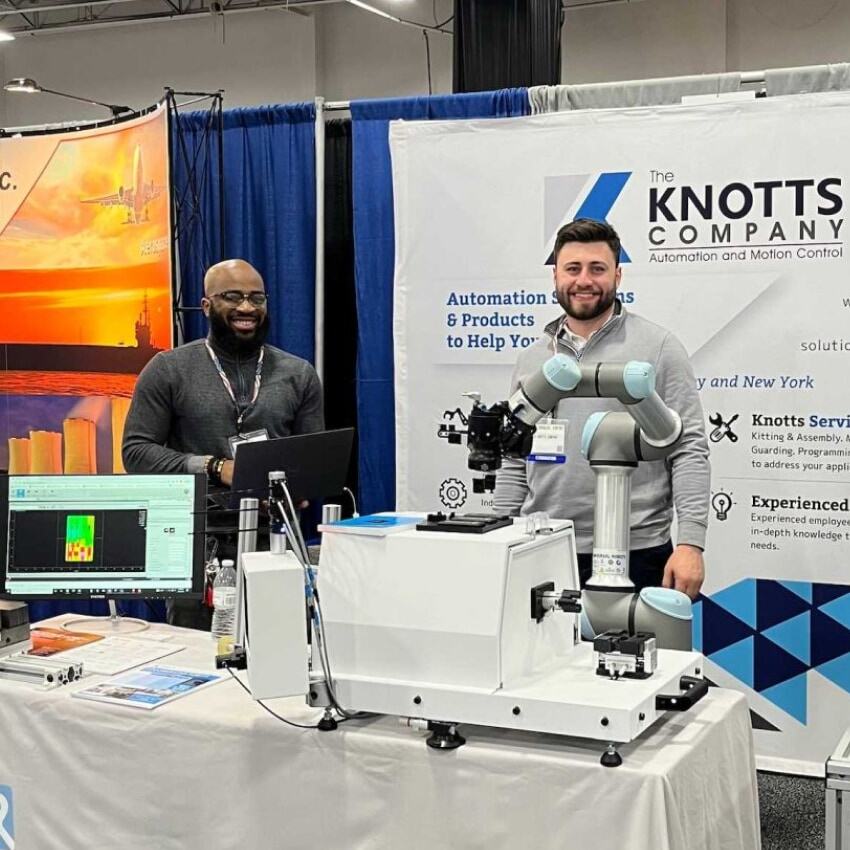
Thomas
- Pumps & Compressors
About
Thomas Pumps, a leading manufacturer of compressors and pumps for liquids and gases, specializes in serving Original Equipment Manufacturers (OEMs) across various industries, including medical, laboratory, environmental, and industrial sectors. With over 60 years of engineering excellence, Thomas offers a broad range of oil-less products, such as WOB-L piston, articulated piston, diaphragm, miniature diaphragm, rotary vane, linear, and peristaltic pumps. Their experienced engineering and technical teams design customized pressure and vacuum solutions to meet precise customer needs. Operating globally with manufacturing facilities in North America, Germany, and China, Thomas ensures reliable and high-quality products for OEMs worldwide.
Industries
- General Manufacturing
- Food & Beverage
- Medical Device
- OEM
- Integration

Why Choose The Knotts Company?
In-Depth Knowledge
Our specialists are trained to help you choose the correct product for your application.
Comprehensive Product Offerings
The company provides a wide range of automation and motion control products, including robotics, pneumatics, and machine vision systems.
Commitment to Customer Support
The Knotts Company emphasizes strong customer relationships by offering personalized support and services.
%202.png?width=323&height=215&name=PH_VA_VR_Series_Technical_Support%20(1)%202.png)

%202.png?width=450&height=250&name=PH_VA_VR_Series_Technical_Support%20(1)%202.png)


